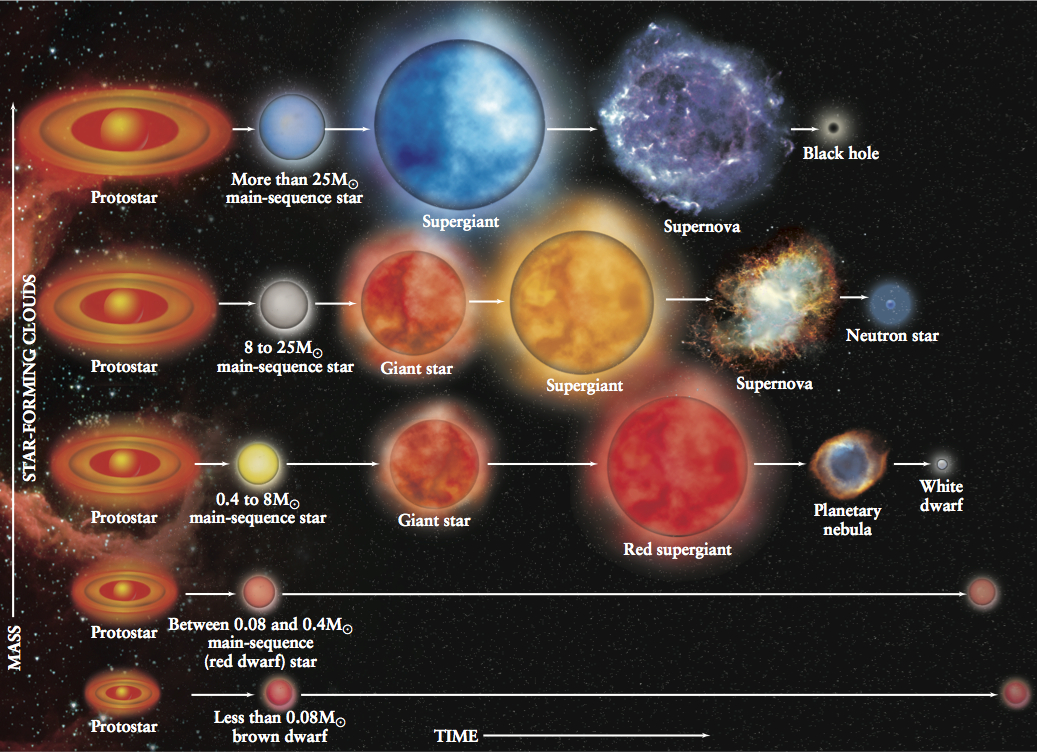
Figure 20-24: A Summary of Stellar Evolution (a) The evolution of an isolated star (one that is not part of a close multiple-star system) depends on the star’s mass. The more massive the star, the more rapid its evolution. If the star’s initial mass is less than about 0.4 M⊙, it evolves slowly over the eons into an inert ball of helium. If the initial mass is in the range from about 0.4 M⊙ to about 8 M⊙, it ejects enough mass over its lifetime so that what remains is a white dwarf with a mass less than the Chandrasekhar limit of 1.4 M⊙. If the star’s initial mass is more than about 8 M⊙, it ends as a core-collapse supernova, leaving behind a neutron star or black hole. (b) These images summarize the key stages in the cycle of stellar evolution.
(b: top: Infrared Space Observatory, NASA; right: Australian Astronomical Observatory; bottom: NASA; left: NASA; middle: Australian Astronomical Observatory/David Malin Images)